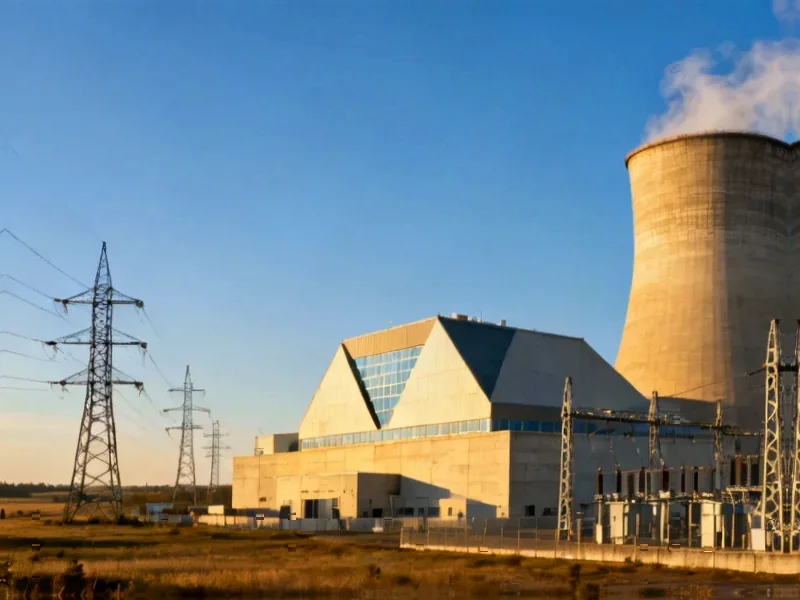According to The Verge, Google has announced a new research project called Project Suncatcher that would launch AI chips into space on solar-powered satellites. This “moonshot” plan aims to create space-based data centers to power Google’s artificial intelligence operations. The company hopes to harness solar power around-the-clock in space rather than relying on Earth’s limited energy resources. Google’s motivation is to pursue its AI ambitions without the environmental concerns and soaring electricity costs associated with terrestrial data centers. The project represents Google’s attempt to solve the massive energy demands of AI computing through space-based infrastructure.
The alluring promise of unlimited energy
Here’s the thing about AI’s energy problem – it’s getting absolutely massive. Data centers are consuming power at rates that are making utilities nervous and environmentalists concerned. Google‘s basically looking at the sun and thinking, “Why fight for grid capacity when we can just go directly to the source?” In space, solar panels can operate 24/7 without atmospheric interference or nighttime limitations. That’s a compelling vision when your AI models require enough electricity to power small countries.
But let’s be real about the challenges
Now, I’ve got to ask – has anyone actually priced out launching and maintaining hardware in orbit? SpaceX has brought costs down, but we’re still talking thousands of dollars per pound to get anything into space. And then there’s the maintenance issue. When a server fails in a terrestrial data center, you send a technician. When it fails in orbit? That’s a whole different ballgame. We’re talking about creating infrastructure that needs to survive radiation, temperature extremes, and space debris – none of which are kind to delicate computing equipment.
Google’s track record with wild ideas
Look, Google’s no stranger to ambitious projects that sound like science fiction. Remember Google Glass? Or how about Project Loon, which aimed to provide internet via balloons? The company has a history of launching moonshot projects that sometimes fizzle out. While I admire the ambition, there’s a pattern here of solving Earth problems with space solutions that often prove more complicated than anticipated. The gap between research project and operational reality is enormous.
What about simpler solutions?
So here’s what puzzles me. Instead of building data centers in freaking space, couldn’t Google just invest more in terrestrial renewable energy and efficiency? We’ve got plenty of desert real estate for solar farms, and nuclear innovation is happening right here on Earth. The transmission latency alone for space-based computing would be significant – light speed delays are real physics, not an engineering problem you can solve with better code. Basically, while the vision is stunning, I wonder if this is the most practical path forward or just the most exciting one to announce.




